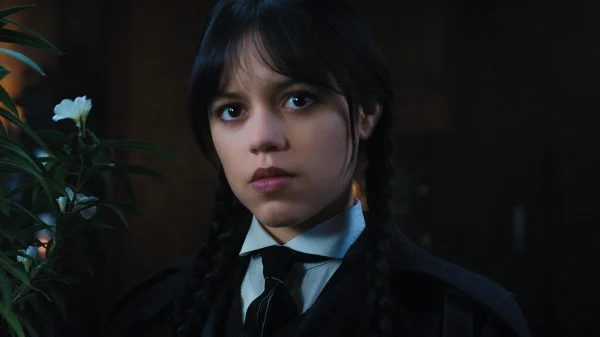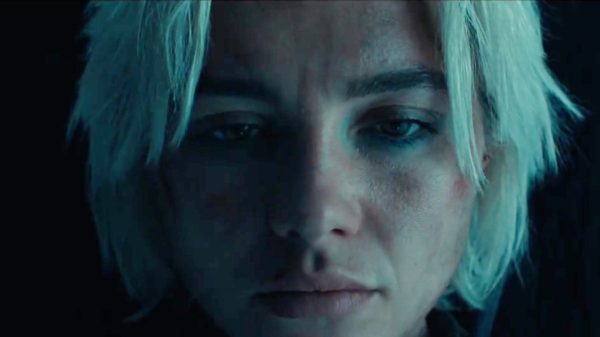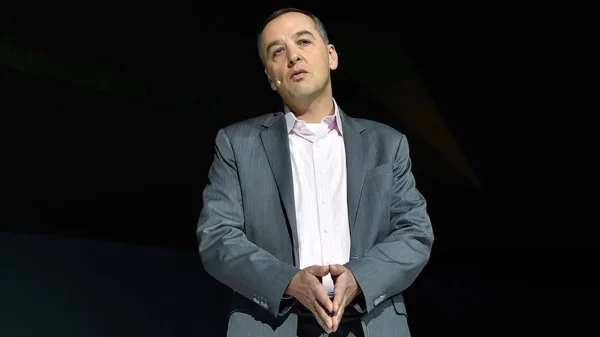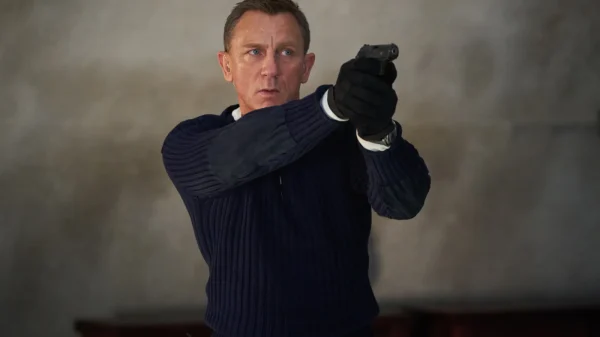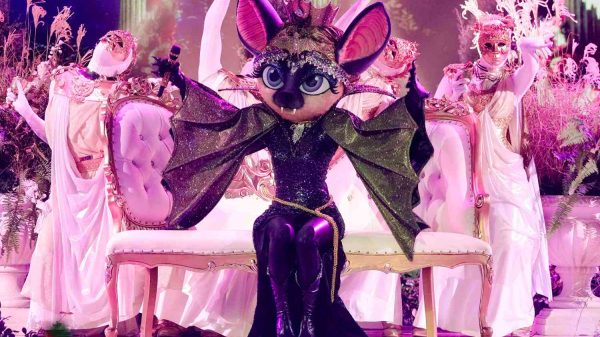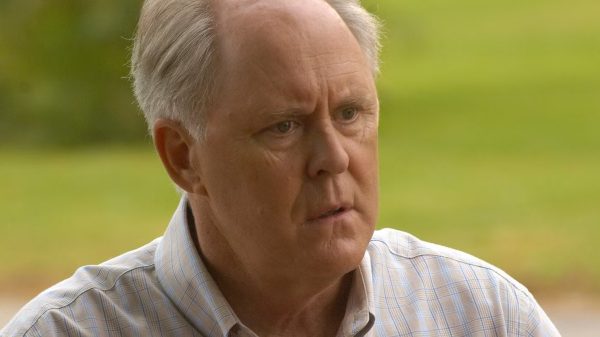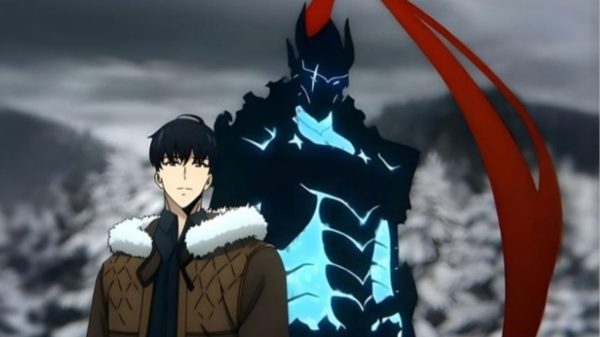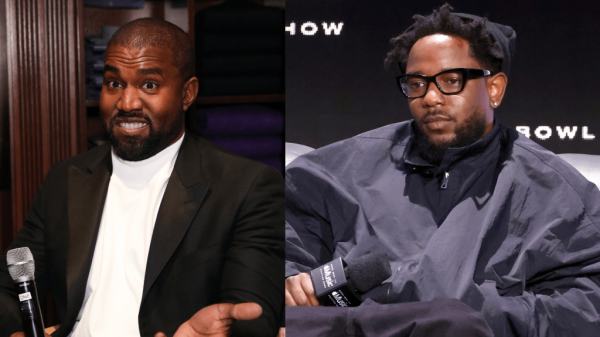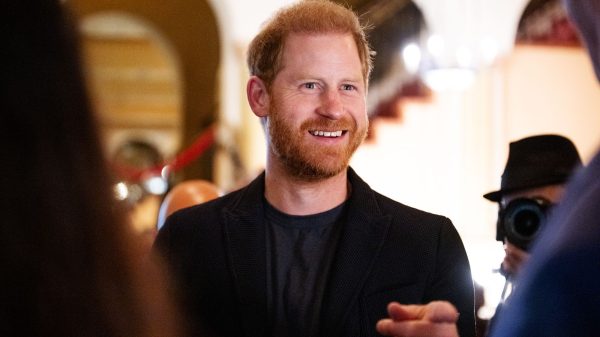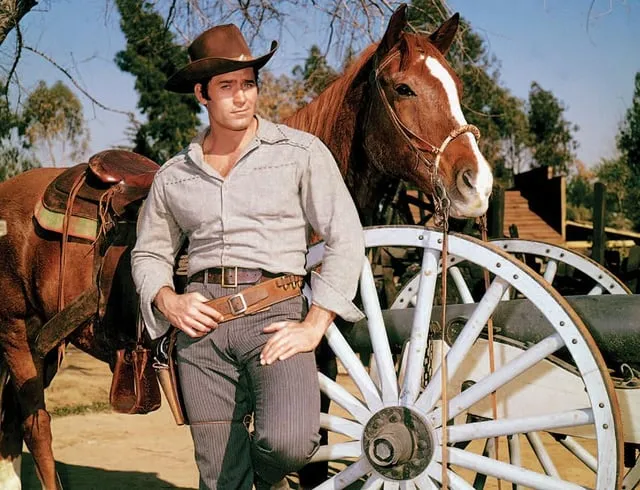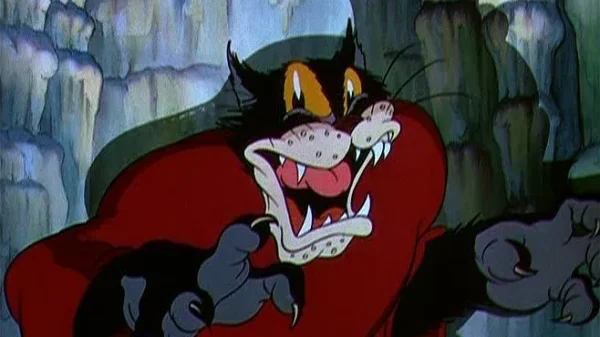The year 1955 marked a significant milestone in television history with the premiere of Cheyenne, the first hour-long Western TV series. Starring Clint Walker as the iconic Cheyenne Bodie, the show set the stage for the Western genre’s future. The series was a huge success, ranking in the Top 20 of all television broadcasts and influencing many Western TV classics. Cheyenne Bodie, a wandering cowboy with a strong sense of justice, navigated through a series of adventures, encountering various characters and challenges along the way.
The show’s creator, Roy Huggins, played a crucial role in shaping the series’ tone and style. The show’s first episode, “Mountain Fortress,” reveals the troubled past of Cheyenne Bodie, whose parents were murdered when he was a boy, and he was taken in by the Cheyenne tribe. While the show occasionally experienced slight continuity errors, these minor inconsistencies did not detract from the overall impact of the show.
The real draw for Cheyenne was Clint Walker, who played the lead role in nearly every episode. Walker’s rugged and commanding presence made him the quintessential Western hero. The show also featured a variety of actors playing minor characters, with many making repeat appearances throughout the series.

A Still From Cheyenne TV Series (Via IMDB)
During its run, Cheyenne spawned a spin-off series, Bronco, which aired from 1958 to 1962. Bronco starred Ty Hardin as Bronco Layne, a former Confederate soldier who roamed the Old West. The show was well-received and lasted for four seasons.
In the 1990s, Cheyenne Bodie made a few guest appearances in TV shows, including a time-travel episode of the series Kung Fu. This marked the final on-screen appearance of Clint Walker as Cheyenne Bodie, marking the end of an era. Though often lesser-known compared to other Western TV classics, Cheyenne remains an influential series that paved the way for many Western TV shows that followed. The show’s innovative format, engaging storylines, and memorable characters have solidified its place in the pantheon of Western television.

